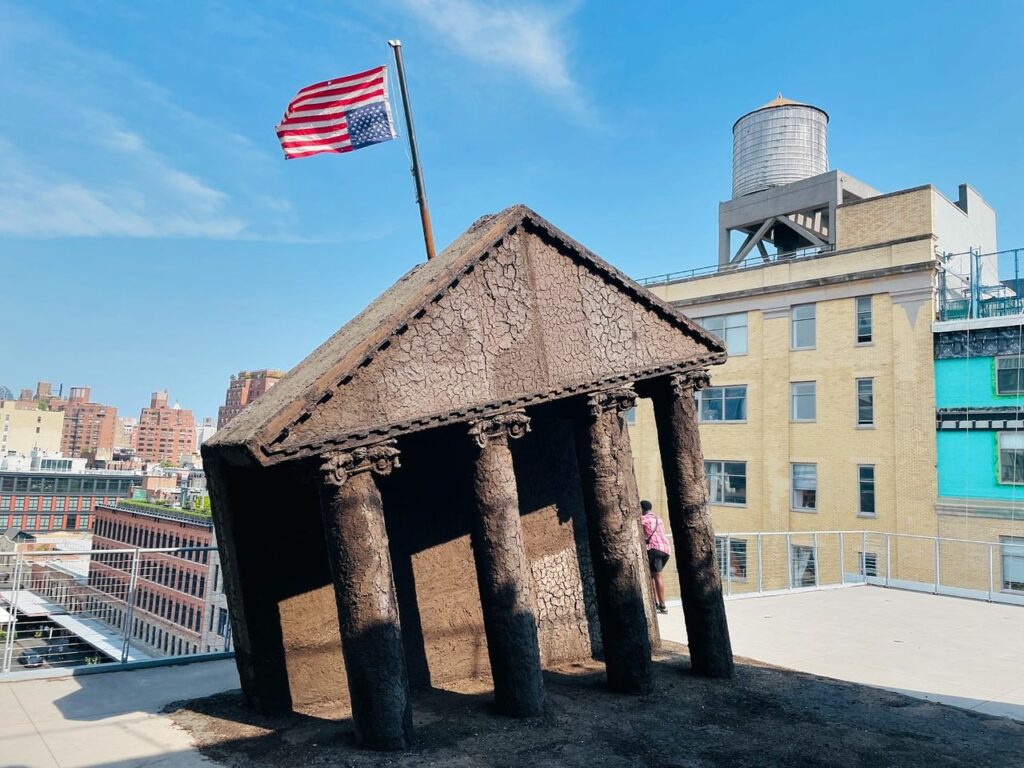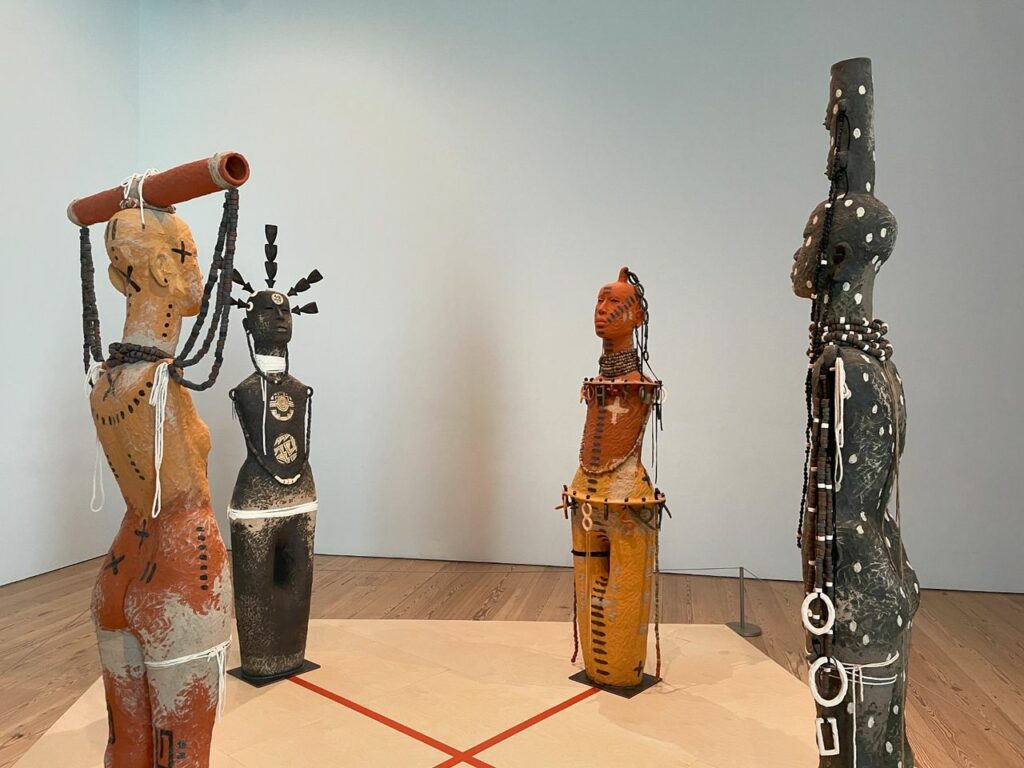about emilia perez and zoe saldana’s comments (i don’t care about the oscars but i do care about mainstream culture – i am a filmmaker – and i care about representation)
the film is not about universal women (wtf is that??? when u casually toss together israeli women and women from gaza, u are basically puncturing ur own ridiculous argument about universal feminism)
the film is about mexico – its fingerprints are all over intimate socio-political issues and tragedies which the west facilitates via its war on drugs and miscellaneous trade and political finagling and by which it then proceeds to mark and measure mexico
that the film was shot in a studio in paris, that its spanish dialogue sounds like it was spewed by google translate, that its protagonists are not mexican for the most part, that this is a big budget film by a european filmmaking giant who could have hired a couple of consultants, and that this orientalist representation (which comes from a place of arrogance, entitlement and power) is happening today in 2025, all seem incredible frankly. that there is tone deaf pushback against valid critiques made by mexican journalists, culture-makers and people is also stunning – u make films about us but we’re not supposed to have opinions about them?
trans activists have written extensively about how trans representation in this film is a step backwards, not forward, so there’s that. finally, the entire carla sofia gascon twitter blowup only shows how whiteness (and european christian supremacy) can transcend everything – including transness and questions of sex and gender








